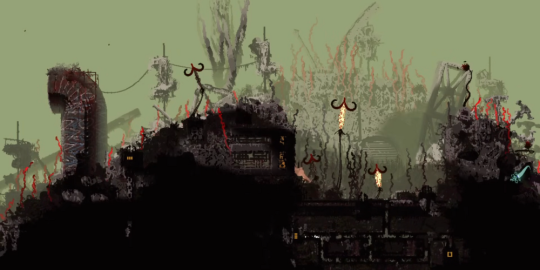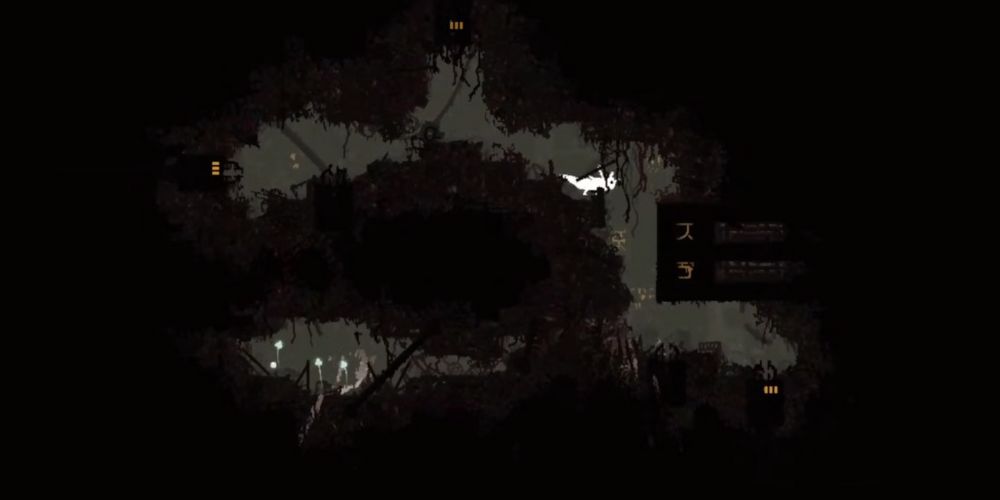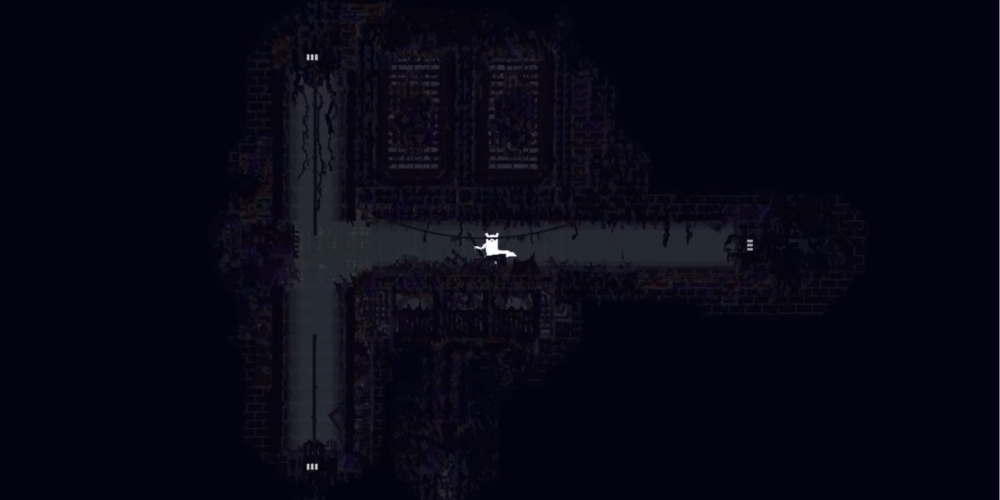
In the enigmatic and challengingly beautiful world of Rain World, players find themselves as a lone slugcat navigating through harsh, ruined environments teeming with predators at every turn. The map is one of the most critical tools for surviving treacherous terrains. This guide was created to delve deep into the intricacies of Rain World's map, offering players comprehensive insights on how to use it effectively, understand its symbols, and strategies for exploring without losing your way. Mastering the map can significantly enhance your capability to survive and explore the depths and heights of Rain World's unique ecosystem.
Understanding the Basics of the Rain World Map
Initially, the map in Rain World can appear sparse and cryptic, presenting minimal information. However, as you explore, it gradually fills in, offering a clearer picture of your surroundings. Reading this map effectively is crucial to understanding safe zones, potential hazards, and paths to vital resources.
Interpreting Map Symbols
Each symbol on the map has a specific meaning:
- White Dots: Generally indicative of safe zones or hibernation points—crucial for surviving the lethal rain.
- Lines and Connections: These depict pathways and connections between different areas. Their thickness and style can indicate whether paths are easy or challenging.
- Colored Areas: Different colors can denote particular characteristics of an area—water may be depicted in blue, for example, while danger zones might be in red.

Map Accessibility
The map isn't fully accessible from the start. It would help if you explored to unlock different segments. This gradual revelation encourages exploration but requires players to remember their paths or risk getting lost.
Strategic Exploration Tips
Navigating Rain World goes beyond simply travelling from one location to another; it requires meticulous strategy and clever navigation to dodge dangers and adversaries.
Planning Your Route
Before embarking on an expedition, study the map thoroughly. Plan your route considering your current needs (like food and shelter) and potential dangers. Always have an alternative route in case the original plan proves too difficult.
Using Landmarks
While the in-game map provides a basic layout, identifying and remembering landmarks can help you navigate more effectively. Landmarks such as large structures, unique rock formations, or consistent plant types can be reference points.
Adapting to the Dynamic Environment
Rain World stands out due to its highly dynamic environment. The map you rely on can shift and transform with the fluctuating patterns of the signature rain, modifying terrains and pathways.
Monitoring Weather Patterns

Keeping an eye on the forecast can save your slugcat's life. Rain is a deadly force in Rain World, wiping out unsheltered creatures. Use the map to plan quick accesses to hibernation points when you see rain approaching.
Interactivity with the Map
You can interact with the map beyond mere observation. For instance, some areas are only accessible during certain weather conditions, and understanding this can allow you to plan expeditions around these environmental windows.
Navigating Complex Terrains
Some of the more challenging aspects of Rain World's map are its complex terrains like underwater areas, vertical chambers, or tightly enclosed spaces.
Understanding Terrain Types
Understanding what each terrain type on the map represents can help decide how to approach them. Areas marked with dense dots might signify foliage or thick underbrush, while wavy lines could suggest water bodies.
Preparation for Terrain Challenges
Equip your slugcat accordingly before venturing into challenging terrains. Sometimes, specific items that enhance mobility (like grappling hooks) or protect against environmental factors (such as masks for toxic areas) are essential for survival.
Utilizing the Map for Advanced Gameplay

For experienced gamers, the map in Rain World transcends simple guidance—it transforms into a tactical instrument that deepens your grasp of the game’s ecological dynamics.
Resource Locations
Advanced players can use the map to mark locations of critical resources, which can be revisited as needed. These resources might include food sources or unique flora and fauna necessary for crafting.
Enemy Tracking and Avoidance
Once familiar with enemy patterns and spawn points—information sometimes hinted at on the map—you can plan routes that avoid these dangers or prepare for encounters.
Conclusion
While seemingly intimidating at first, the map in Rain World is a profound tool that offers much more than geographical guidance. It's a survival kit, a strategic planner, and a resource ledger all rolled into one. By understanding how to read and interact with the map, players can deeply enrich their Rain World experience, turning what might initially appear as merely surviving into a well-planned exploration and thriving journey through a beautifully perilous world.
Embrace the challenges, use the tools provided, and remember, the map is your guide through the unpredictable, rain-soaked landscapes of Rain World.